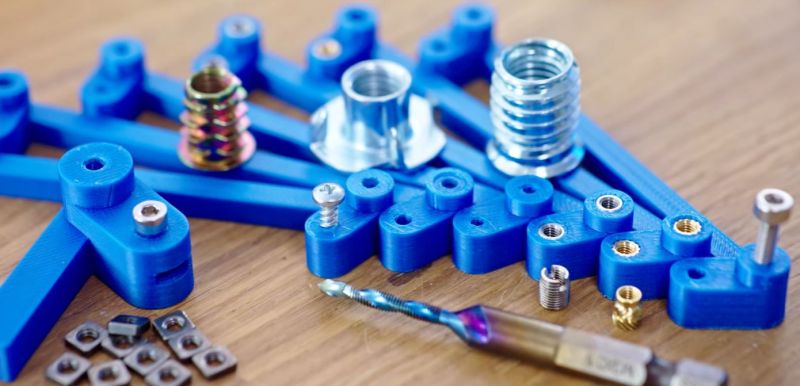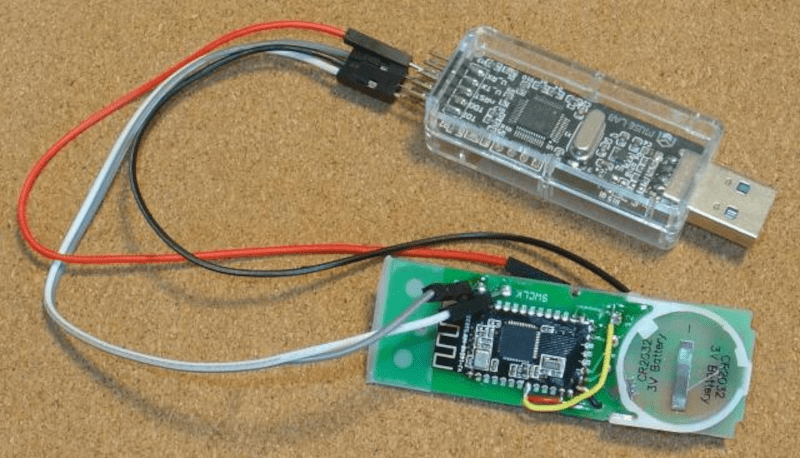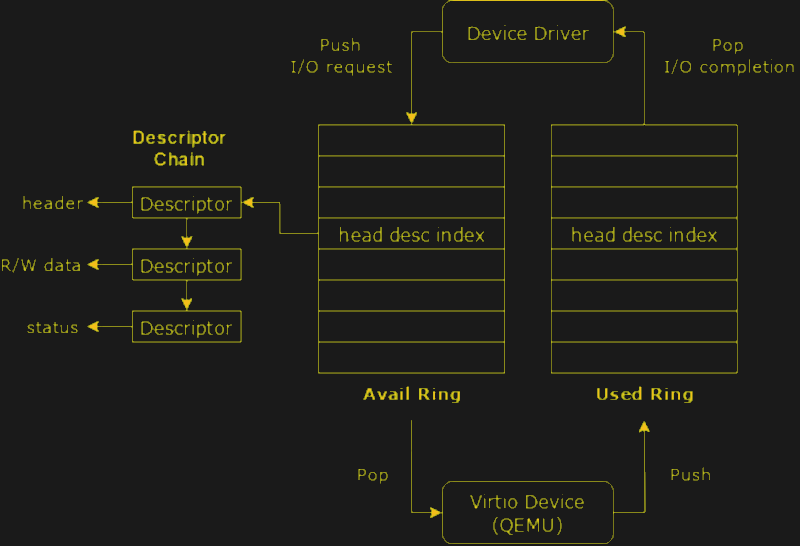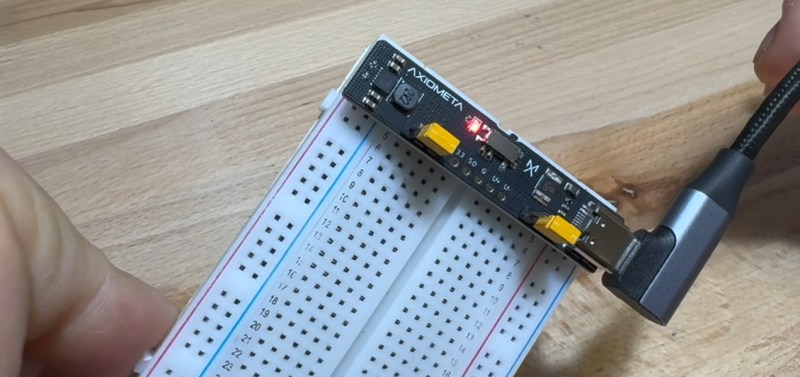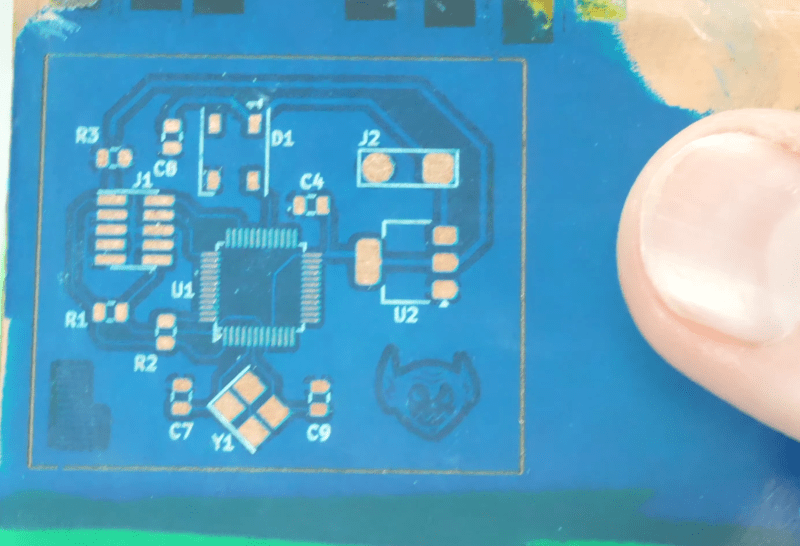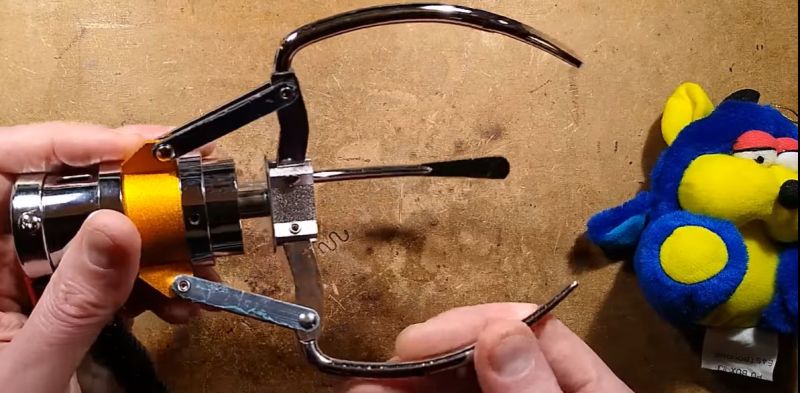
For many years after coming up with donut.c, I wondered in the back of my mind if it could be simplified somehow, like maybe there was a way to raytrace a donut with a small chunk of code.
from Pocket
via Did you enjoy this article? Then read the full version from the author’s website.

